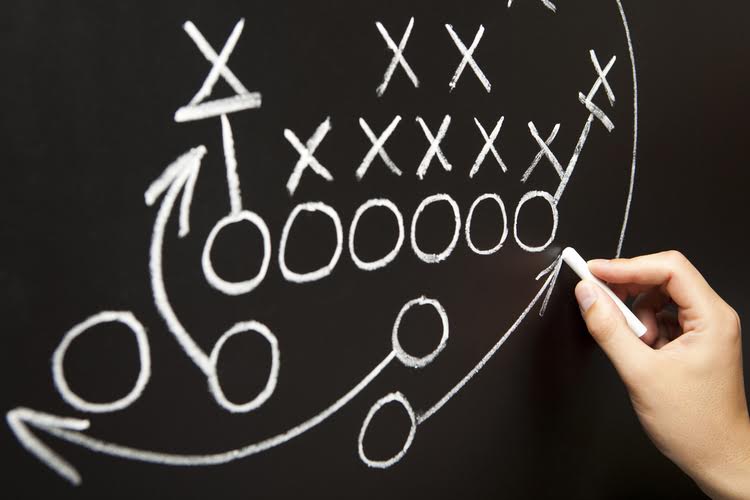The eyes can often show warning signs of drug use early signs of drug use, making them an important clue when identifying substance abuse. Different drugs can alter the appearance and function of the eyes in noticeable ways, making these changes particularly helpful for early detection. If you or a loved one need treatment for a drug or alcohol use disorder, you can search recovery resources by zip code or call The Recovery Village. Representatives are available to take your call, answer your questions about addiction and treatment and guide you toward a program that meets your needs.
When drug use becomes drug abuse or addiction
- These issues are often the result of direct harm to the nervous system caused by substance use, not simply exhaustion.
- Read on to understand the rates of drug use in teens, how to recognize the warning signs, and effective strategies to prevent teenage drug abuse.
- There is an important distinction between drug addiction vs. drug dependence.
- Healthcare providers need to be routinely updated in their knowledge and skills to identify the early warning signs of illicit drug use, especially within this population.
- What’s portrayed in movies, on TV, online and in music can also help shape perceptions about alcohol and drug addiction.
Bloodshot eyes, yellowed teeth, and a general air of dishevelment are all signs to be on the lookout for. Seeing actual physical evidence of drug-taking constitutes a definite red flag. These terms generally mean that you’re using a medication for something other than its original purpose. Treatment typically involves a combination of medication and individual and/or group therapy, which can take place in the community or at an inpatient rehabilitation center.
- The warning signs listed above can indicate drug use, and should be taken seriously.
- Over time, drug use alters the chemical and functional structures of the brain.
- Attempts to stop drug use may cause intense cravings and make you feel physically ill.
- The body sends out a “feel good” chemical called dopamine when using a substance.
Understanding the Signs of Addiction
Our holistic approach to treatment https://matthewhsing.com/2023/04/04/scientists-reveal-what-alcohol-is-doing-to-your/ is personalised for each client. In many cases, addiction stems from deeper personal issues, which may be revealed and dealt with through therapy sessions. Clients at The Dawn will receive the training and resources to deal with their addiction in a successfully and positive way moving forward. With the rampant increase in opioid addiction, identifying drug-seeking behaviour has become a much-discussed topic among physicians in particular.
Changes in Physical Appearance

Ignoring these signs may point to deeper health problems that need urgent attention. Treatment centers evaluate nervous system function using detailed assessments that check reflexes, coordination, and cognitive abilities. These evaluations help shape treatment plans and track recovery progress.

- When combined with other physical symptoms, this change can provide critical clues for early intervention.
- Physical signs can include an unexplained decline in health, or major weight changes.
- If you notice that your loved one has a drastic change in their usual mood, either they are extremely euphoric or drowsy, it could indicate drug use.
- A teen’s circle of friends can also shape their beliefs and behavior regarding substance use.
Meeting 1-2 criteria is defined as mild, 3-5 moderate, and 6+ severe. Identifying the warning signs of addiction is possible, but a formal diagnosis can only be given by a licensed health or mental health professional during a clinical assessment. Friends in a teen’s social circle may be aware of drug use before adults are, either by directly observing the risky behavior or hearing stories from Sober living house others in their friend group.
